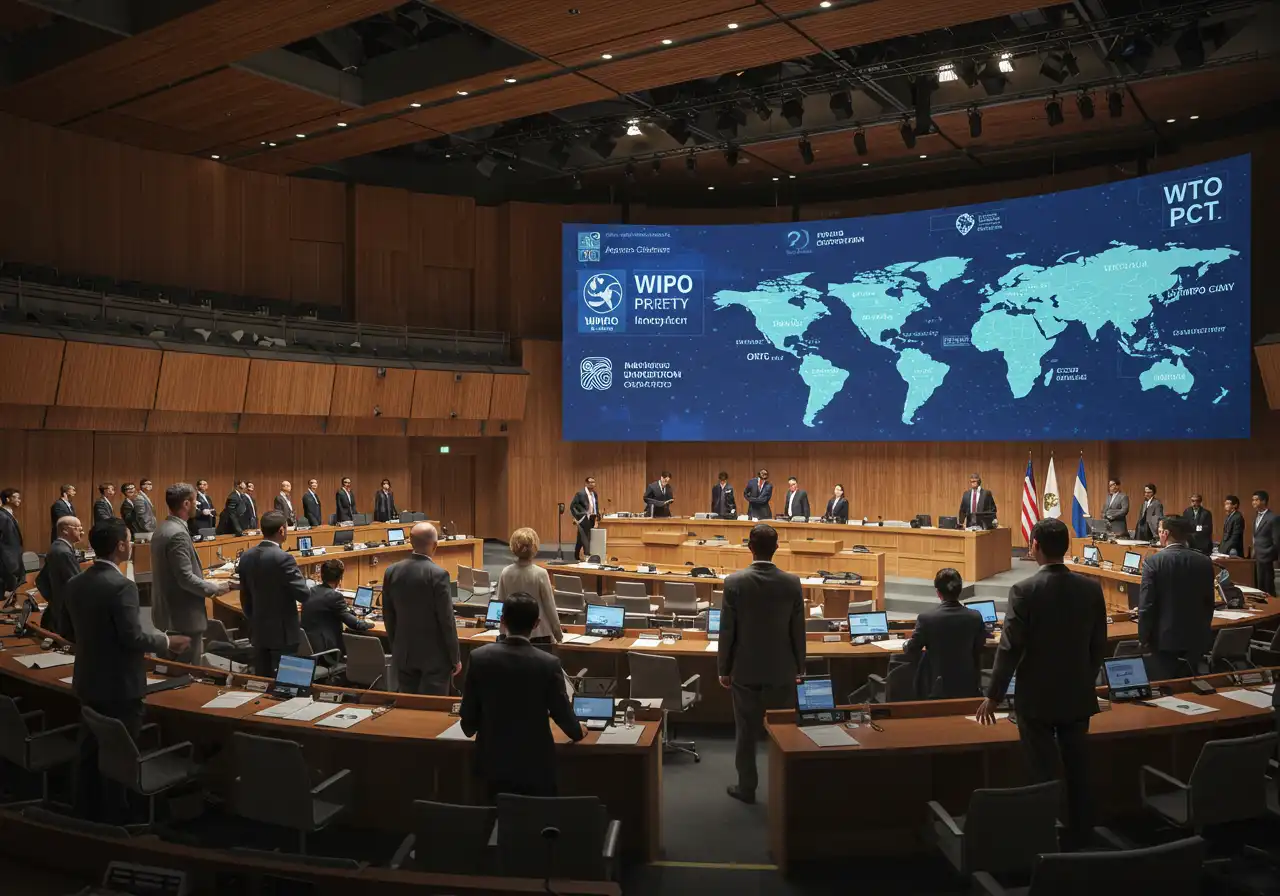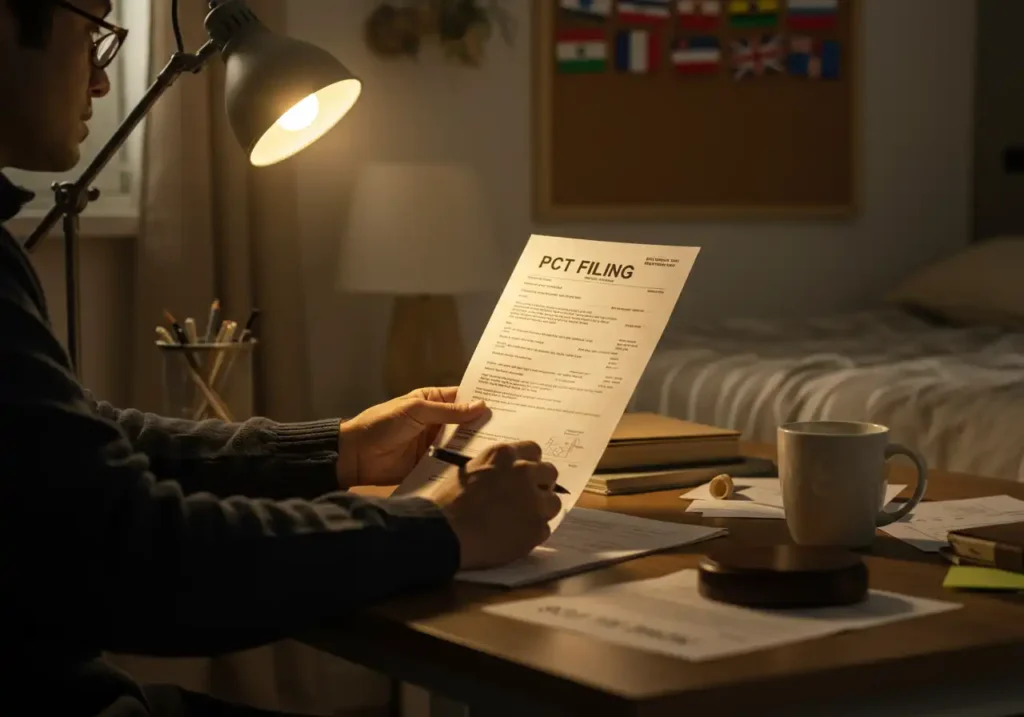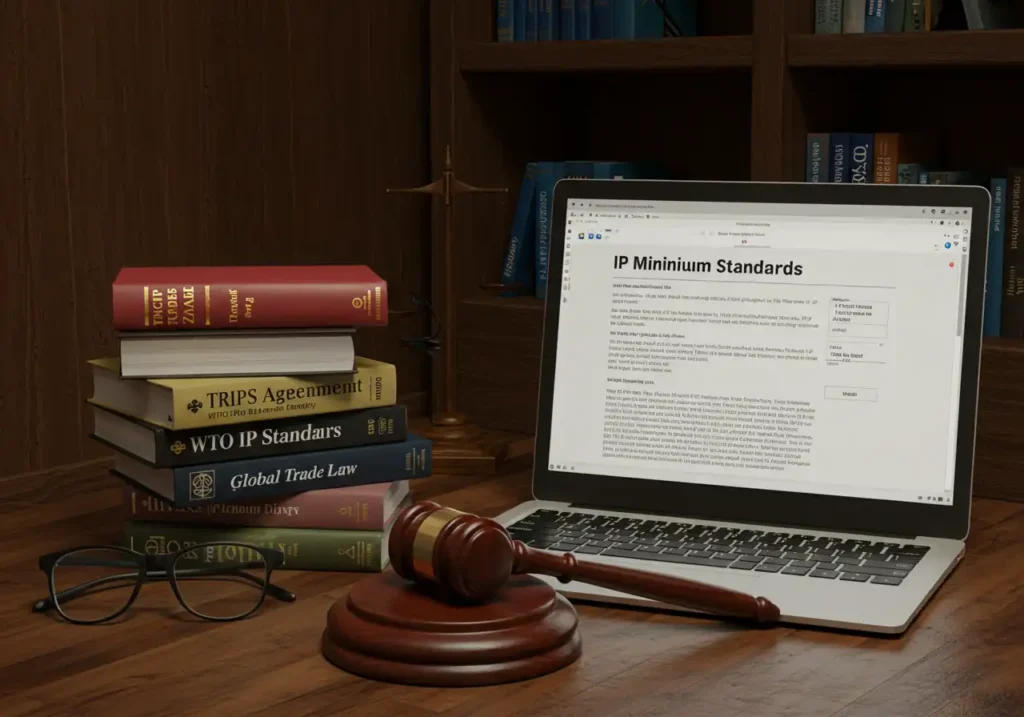International Patent Protection: Navigating Global Treaties and Standards
In today’s interconnected world, international patent protection is essential for safeguarding innovations across borders. It allows inventors to secure their intellectual property rights in multiple countries, promoting innovation and economic growth.
To streamline the intricate process of filing patents internationally, several key global treaties and standards have been established. These agreements create a standardized framework that simplifies and harmonizes patent protection worldwide. Some of the most significant treaties include:
- Patent Cooperation Treaty (PCT)
- TRIPS Agreement
- Paris Convention
- Patent Law Treaty (PLT)
This article will explore the objectives and advantages of these treaties and how they contribute to effective multinational patent protection.
Key International Treaties and Agreements in Patent Protection
The Patent Cooperation Treaty (PCT), administered by the World Intellectual Property Organization (WIPO), is a key agreement for international patent protection. The PCT allows inventors and businesses to submit one international patent application, which can then be accepted in any of its 158 member countries.
Purpose and Benefits of the PCT:
- Offers a unified procedure for filing patent applications, reducing the complexity of seeking protection in multiple jurisdictions.
- Gives applicants up to 30 or 31 months from their initial filing date to decide in which countries they wish to pursue patent protection. This extra time is critical for assessing commercial potential and securing funding.
- Centralizes the search and examination process, resulting in a preliminary report that helps applicants evaluate the chances of obtaining patents before investing heavily in national filings.
How the PCT Simplifies and Reduces Costs:
- Eliminates the need for simultaneous, separate applications in each country, which significantly cuts administrative work and translation costs.
- Provides access to an international search report and written opinion on patentability early in the process, offering valuable insights for strategic decision-making.
Example: A biotech startup with limited resources can file an international application through the PCT, postponing major expenses while gauging investor interest and market opportunities worldwide.
The streamlined approach offered by the PCT is especially valuable for startups, SMEs, and research institutions aiming to secure cost-effective multinational patent protection without facing overwhelming procedural hurdles.
TRIPS Agreement: Establishing Minimum Standards for IP Protection
The TRIPS Agreement (Trade-Related Aspects of Intellectual Property Rights), administered by the World Trade Organization (WTO), plays a crucial role in harmonizing intellectual property laws on a global scale. This agreement sets out minimum standards for various forms of IP protection, including patents, trademarks, copyrights, and trade secrets, among its member countries.
Key provisions of the TRIPS Agreement include:
- Incorporation of Minimum Standards: The agreement mandates that all member countries establish baseline levels of IP protection. For patents, this means ensuring that inventions are eligible for patent protection if they are new, involve an inventive step, and are capable of industrial application.
- Non-discriminatory Treatment: TRIPS enforces the principle that member countries must treat foreign nationals equally in terms of IP protection. This provision prevents any discriminatory treatment against patent holders based on their country of origin.
- Enforcement Mechanisms: The agreement requires member countries to implement effective IP enforcement procedures to combat infringements. This includes civil and administrative measures, as well as remedies such as injunctions and damages.
- Dispute Resolution: TRIPS provides a framework for resolving disputes between member countries over IP rights, ensuring consistency and fairness in its application.
By establishing these standards, the TRIPS Agreement aims to reduce trade barriers associated with intellectual property and promote fair competition across international markets. Additionally, the agreement also addresses several important aspects related to intellectual property rights, further enhancing its impact on global trade.
 Paris Convention: A Historical Foundation for Patent Protection
Paris Convention: A Historical Foundation for Patent Protection
The Paris Convention for the Protection of Industrial Property is a key milestone in the development of international patent law. It was signed in 1883 and is still one of the earliest and most influential treaties that established common rules for patent protection between countries. The convention created a system that allowed inventors and businesses to protect their inventions beyond their own borders, which was crucial in shaping the current landscape of international patent protection.
Two important features of the Paris Convention have made it so impactful:
Priority Rights
Inventors who submit a patent application in any member country are granted a priority period—usually lasting 12 months—to submit similar applications in other member states. This priority right ensures that applicants can secure international protection while keeping their original filing date intact, thus minimizing the risks associated with public disclosure or competing filings.
The Convention prohibits discrimination based on nationality, guaranteeing equal treatment for foreign applicants. This principle has helped build trust and cooperation among over 175 member countries.
Many national patent offices around the world follow the procedures outlined in the Paris Convention, which helps create consistency and security for innovators who want to expand into multiple jurisdictions. Its influence can still be seen today in how inventors file patents internationally and manage their global patent portfolios.
Harmonizing Patent Procedures: The Role of the Patent Law Treaty (PLT)
Procedural consistency across national patent systems makes a difference for inventors navigating international protection. The Patent Law Treaty (PLT), administered by WIPO, targets this challenge by standardizing and simplifying the formal requirements involved in patent applications. This treaty reduces confusion for applicants facing different paperwork and deadlines when working with multiple jurisdictions.
Key benefits of the PLT’s approach to harmonization include:
- Unified Filing Requirements: Applicants face fewer surprises due to standardized forms and procedures across member countries.
- Extended Timeframes: The PLT introduces minimum time limits for responding to official notifications, giving applicants more flexibility and predictability.
- Error Correction Mechanisms: Inventors can fix certain procedural mistakes without risking loss of rights, lowering the stakes of administrative missteps.
- Electronic Communication: Acceptance of electronic filings is promoted, reducing logistical barriers and speeding up cross-border processes.
By focusing on procedural alignment rather than substantive patent law, the PLT enables national offices to retain control over examination standards while easing the administrative burden for innovators. This harmonization supports a smoother path from invention to international protection, making global patent strategy more accessible for businesses of all sizes.
Other Relevant Treaties Supporting International Patent Protection
Several specialized treaties complement the broader international patent frameworks by addressing unique technical and procedural challenges.
Budapest Treaty
The Budapest Treaty streamlines patent procedures involving inventions that require the deposit of microorganisms. Many biotechnological inventions hinge on access to specific strains or cultures. Under this treaty, a single deposit with an internationally recognized authority is sufficient for patent procedures in all contracting states. This avoids the need for multiple deposits in each country where protection is sought, reducing both administrative complexity and costs for applicants working in microbiology, pharmaceuticals, or biotechnology.
Hague Agreement
For industrial designs, the Hague Agreement introduces a centralized international application system. Designers can file a single application with WIPO to seek protection in up to 96 member countries. This system eliminates repetitive filings at national offices and provides a unified process for managing registrations, renewals, and changes in ownership or rights. The Hague Agreement is especially valuable for companies seeking design protection across diverse markets without navigating varying national requirements.
These treaties expand the scope of international patent infrastructure by addressing sector-specific needs while aligning with global standards. The result is a more accessible and efficient pathway to protect biotechnological inventions and industrial designs worldwide.
 Comprehensive Legal Ecosystem for Innovation Through Global Treaties and Standards
Comprehensive Legal Ecosystem for Innovation Through Global Treaties and Standards
A strong network of international treaties is essential for effective patent protection around the world. This legal framework uses procedural harmonization in patents to make it easier for inventors and rights holders to secure and enforce their innovations. When treaties like the PCT, TRIPS, Paris Convention, and PLT align national systems under common standards, they reduce uncertainty and administrative complexity for applicants.
Key advantages include:
- Predictability: Inventors know what to expect when filing or defending patents across jurisdictions.
- Efficiency: Standardized procedures mean less duplication, faster processing, and reduced costs.
- Mutual Recognition: Member countries acknowledge each other’s patent-related actions, such as filings, examinations, and priority claims.
- Innovation Incentives: A predictable global environment encourages investment in research and development, knowing there are reliable avenues for international protection.
International patent protection is not just a matter of compliance—it’s a strategic necessity for companies seeking to safeguard their competitive edge on a global scale.
 Enforcement Measures, Dispute Settlement Frameworks, and Future Directions in International Patent Protection
Enforcement Measures, Dispute Settlement Frameworks, and Future Directions in International Patent Protection
Enforcement Mechanisms
To maintain the integrity of patents on a global scale, international treaties have established robust enforcement mechanisms. Key enforcement measures include:
- TRIPS Agreement: Provides comprehensive provisions for the enforcement of IP rights, including civil and administrative procedures, provisional measures, special requirements related to border measures, and criminal procedures. Member countries are required to ensure that enforcement procedures are available under their national laws.
- Paris Convention: Encourages member states to adopt effective legal remedies against infringement. It emphasizes the importance of providing judicial intervention to secure quick and effective protection.
- WIPO Arbitration and Mediation Center: Offers alternative dispute resolution (ADR) services for IP disputes between private parties. This includes arbitration, mediation, and expert determination.
Dispute Settlement Frameworks
International patent disputes can be complex due to varying national laws and practices. Key frameworks include:
- WTO Dispute Settlement Mechanism: Ensures that trade-related IP disputes under the TRIPS Agreement are addressed through a structured process involving consultation, panel proceedings, and appellate review.
- International Court of Justice (ICJ): Can adjudicate disputes between states regarding treaty obligations if both parties consent to its jurisdiction.
Future Directions
The landscape of international patent protection is evolving with technological advancements and globalization. Future directions may include:
- Enhanced cooperation between national patent offices for unified patent examination procedures.
- Development of digital tools for more efficient patent searches and filings.
- Strengthened international collaborations to address emerging IP challenges such as AI-generated inventions and biotechnology.
These efforts aim to further harmonize global IP standards, ensuring that inventors receive adequate protection while fostering innovation across borders.

 Paris Convention: A Historical Foundation for Patent Protection
Paris Convention: A Historical Foundation for Patent Protection Comprehensive Legal Ecosystem for Innovation Through Global Treaties and Standards
Comprehensive Legal Ecosystem for Innovation Through Global Treaties and Standards Enforcement Measures, Dispute Settlement Frameworks, and Future Directions in International Patent Protection
Enforcement Measures, Dispute Settlement Frameworks, and Future Directions in International Patent Protection